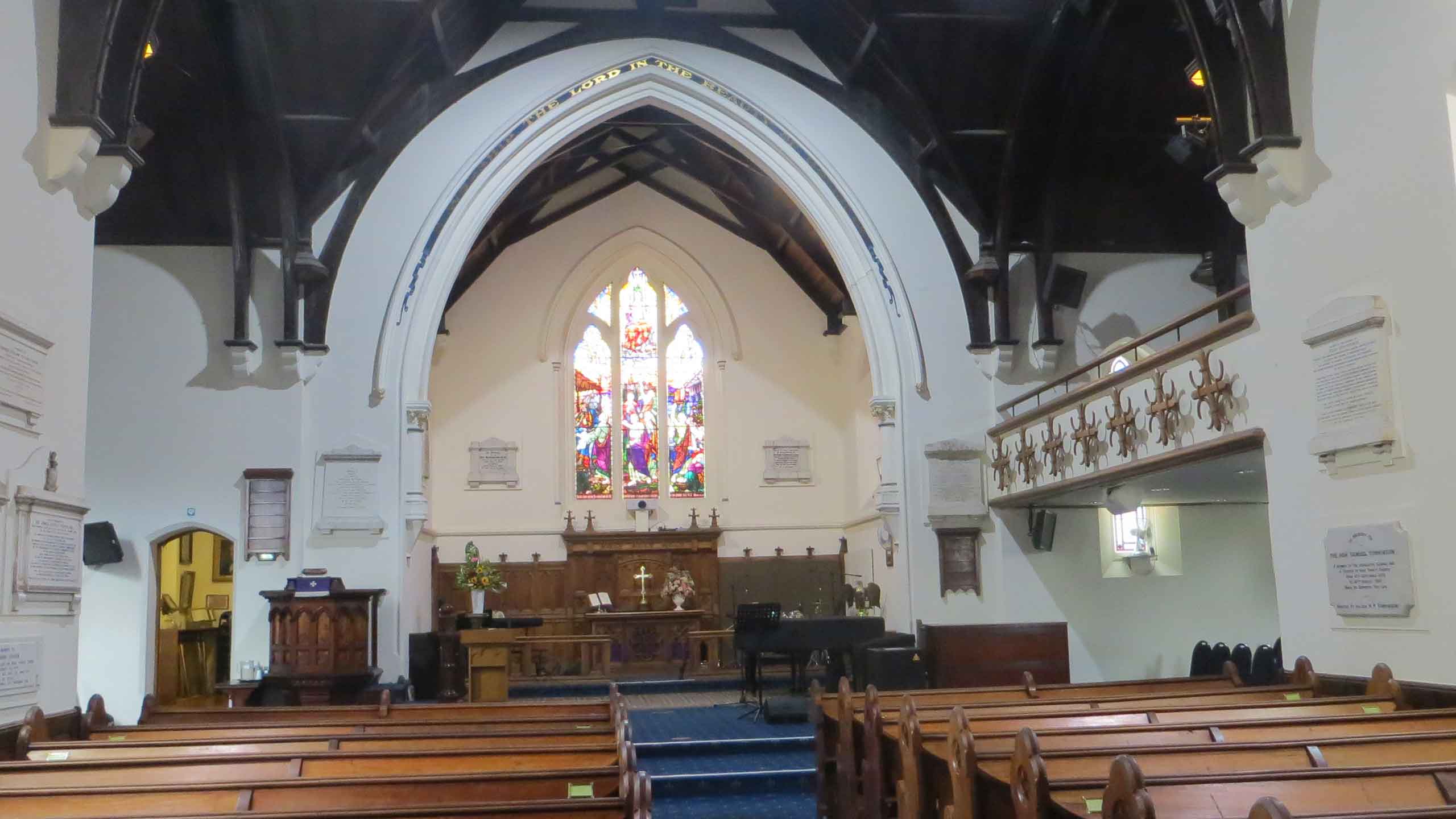Legislative Council in 1851 makes South Australia first part of empire to end state aid to Church of England

Adelaide's first Anglican church was Holy Trinity on North Terrace. Governor Frederick Robe wanted to confine state aid to the Church of England.
Ending state aid to churches in 1851 made South Australia the first part of the British empire to cut the links between government and the established Church of England.
The state aid cut was one of the first acts of South Australia’s bigger Legislative Council. The new Legislative Council had 24 members (eight nominated by the British crown and 16 chosen by local district electors who had to be men of property worth at least £100), with a speaker replacing the governor as presiding officer.
The state aid debate was broadly middle-class Protestant Dissenters against Anglicans, as represented by the high-Church of England aristocratic South Australian governor Frederick Robe.
Robe wanted to confine state aid to the Church of England, in direct conflict with the attitude of many of the colony's founders and early settlers. The scheme later adopted by Robe gave state aid to religious denominations according to their numbers. In 1846, the grant-in-aid to carry it into effect was proposed by John Morphett and strongly supported by Anglican members in the Legislative Council. The measure was noisily opposed by a large number of voluntaryist Dissenters, many Anglicans, and some Catholics whose bishop had fallen out with Robe.
The League for the Maintenance of Religious Freedom was revived for the 1851 Legislative Council election. Believers in the voluntary principle were well supported and the newly-elected Legislative Council soon defeated, by a majority of three, governor Robe’s state support for religion
It was a significant return to South Australia’s founding principles of independence and freedom, although the previous seven-member Legislative Council also had tried to end state aid to churches.
South Australia's Fourth governor Frederick Robe had constant problems with the seven-member Legislative Council. While he always had the support of his three senior public servants nominees, the four non-official nominees frequently forced his casting vote.
Robe also felt the wrath of the colonists over the proposal, instructed by the conservative secretary of state Lord Stanley in London, to extract a royalty of all minerals found on the crown land in South Australia.
Robe's bill to allow mineral royalty dues to be collected was carried in the Legislative Council in 1846 by his casting vote. After the vote, the council had to adjourn because the four non-official members walked out, leaving it without a quorum. They returned a week later and Robe forced the bill through committee by his casting vote, vindicating his authority. He then withdrew the bill.


